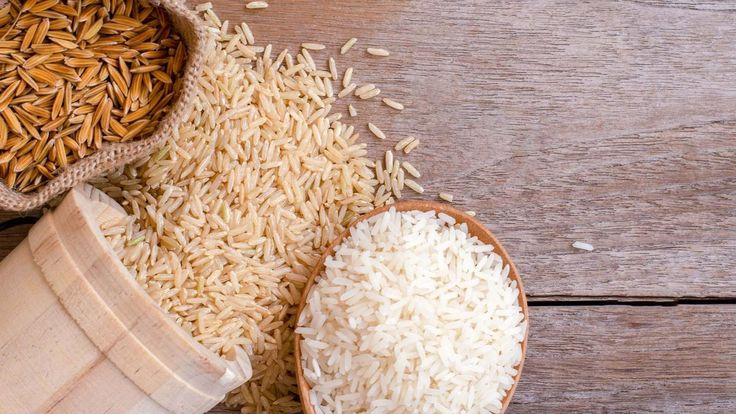
1 Jul 2025
Thailand’s rice exports are expected to fall to a multi-year low of 7.0 million tonnes (mt) in 2025, according to projections by the U.S. Department of Agriculture (USDA). The forecast comes as global competition intensifies and key importers reduce their purchase volumes due to improved domestic production.
Between January and April 2025, Thailand exported 2.4 mt of rice—marking a 30% decline compared to the same period in 2024. The slowdown reflects a combination of weaker demand from Indonesia, limited exportable supplies, and stronger competition from other major exporters such as Vietnam, India, and Pakistan.
A key factor behind the drop in exports is the sharp decline in demand from Indonesia, which had been Thailand’s top rice buyer in 2024 and the world’s second-largest rice importer. After two consecutive years of poor domestic production, Indonesia ramped up rice imports. However, in 2025, improved harvests and higher opening stocks have significantly reduced its import requirements.
While Thailand's rice production outlook remains positive, exportable volumes are constrained due to the lowest beginning stock levels since 2005. The surge in Thai rice exports in 2024, driven by India’s temporary rice export ban, heavily depleted domestic inventories. With India now back in the global market, competition has intensified, and Thai rice has become less price-competitive.
In 2025, Thai rice prices, particularly for regular white rice, remain elevated relative to competing origins. Other exporting nations have seen sharp price corrections, making Thai offerings comparatively expensive. Additionally, a stronger Thai baht has further increased the cost of Thai rice for international buyers, dampening demand.
Data shows that Thailand’s milled rice exports to the Philippines fell by 61% from January to April 2025 compared to the same period in 2024, as the Philippines turned to more affordable rice from Vietnam. Similarly, exports to Malaysia dropped by 65%, impacted by competitive pricing from India, Vietnam, and Pakistan.
Despite the overall decline, some bright spots remain. White rice exports to Iraq and China increased, supported by strong import demand in those markets. Parboiled rice exports to South Africa remained steady, driven by consistent demand. Meanwhile, fragrant rice exports—particularly to the United States—have expanded due to stable demand for premium rice varieties.
Although Thailand continues to maintain its position as one of the world’s leading rice exporters, price competitiveness and stock management will be critical in navigating a more crowded and price-sensitive global market in the months ahead.
